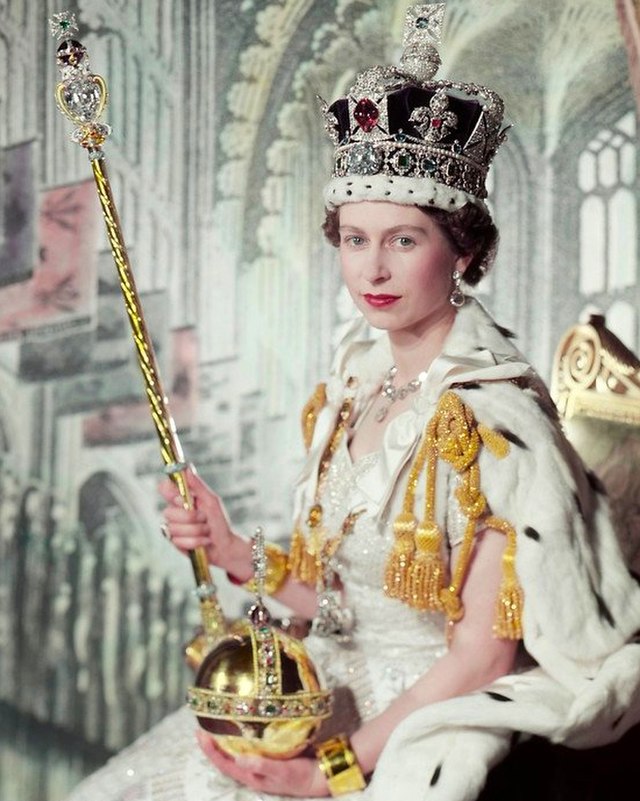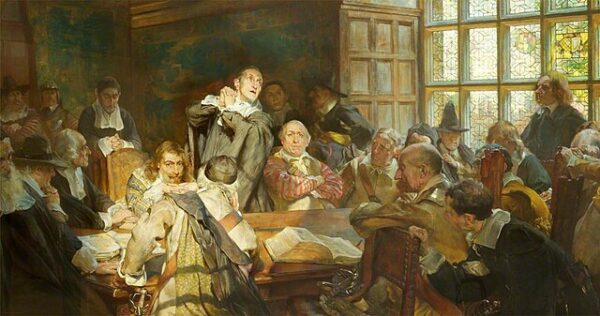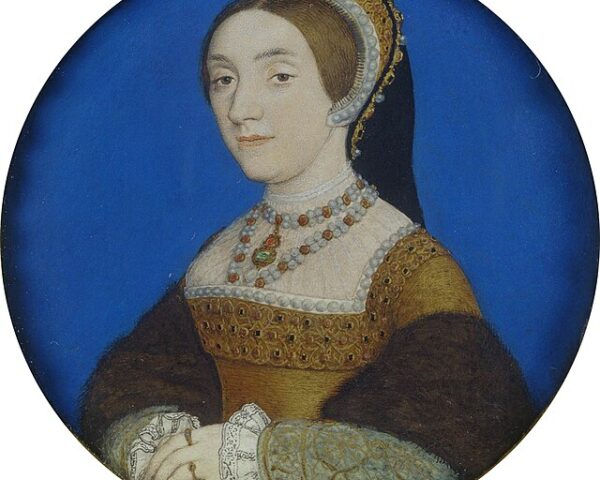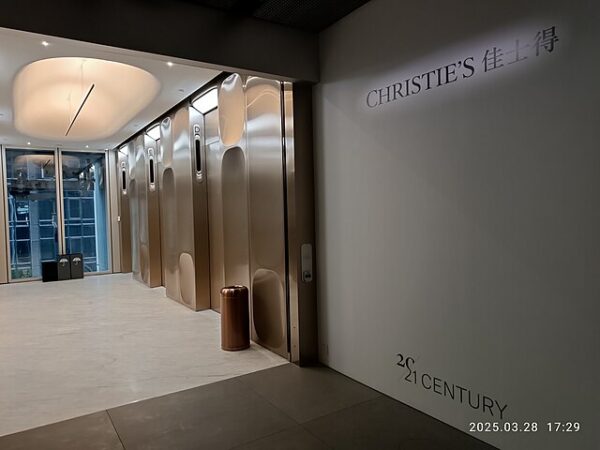On June 2, 1953, the world watched intently as Queen Elizabeth II officially received her crown.
Elizabeth’s coronation occurred while her country still had scars from World War II. NPR writes that “the start of the 25-year-old’s reign was widely seen as the dawn of a new era.” Unlike previous coronations, the Queen’s was more inviting to the public: she had it televised, despite objections from Winston Churchill.
A personal account of the coronation said that “The only problem on the actual day was the typical British weather…it poured with rain!
But that didn’t stop people all over the country holding parties in the decorated streets of their towns and cities, and in London the roads were packed with people waiting to see the processions that took place.
The massed London crowds refused to be downhearted by the weather, and most of them had spent the night before on the crowded pavements, waiting for this special day to begin.”
The BBC writes that over “20 million people watched the Service on television, outnumbering the radio audience for the first time. The BBC knew the event would be popular – based on the reaction to the limited broadcast of George VI’s Coronation Procession – but could not foresee that it would mark the coming of age of television, as well as the modernisation of the monarchy.
The Coronation brought the nation together, as 10.4 million people watched in the homes of friends and neighbours, and 1.5 million watched in public places like pubs and cinemas. The BBC coverage of the event included cameras installed inside Westminster Abbey for the first time, to show the Coronation Service. The Queen gave her permission for this departure, against official advice – revealing the monarchy’s willingness to move with the times. Television commentary in the Abbey was provided by Richard Dimbleby, with 7 other commentators including Bernard Braden and Brian Johnston providing coverage along the processional route.
The BBC’s Coronation coverage was broadcast around the world. In the United States 85 million people watched recordings of the highlights, while in Germany all 11 hours of coverage were transmitted. Reaction to the broadcasts was overwhelmingly positive. “
The population watching was wowed by seeing the nearly ancient rituals of the monarchy being performed before their eyes.
“The form and order of the coronation service has altered little in essentials down the centuries and can, indeed, trace its descent in a direct line from that used at the coronation of King Edgar at Bath in 973. It has been, of course, often revised, but from the coronation of William III and Mary II in 1689 its main outline has remained the same,” according to Brittanica.
“During the first half of the 20th century successive archbishops of Canterbury, with whom lay the responsibility for revision, made various improvements in the service. Broadly speaking these were made with a view to decreasing its length, to removing the traces of past controversies which had become embedded in the service, and to emphasizing its spiritual significance which during the 18th and early 19th centuries had almost disappeared.
For the coronation of Queen Elizabeth II there were many who hoped and urged that the procession from Westminster Hall should be revived, and that some ceremony should be devised within that historic hall which might associate the overseas members of the Commonwealth more closely with the sovereign’s coronation. But for various reasons this was not found to be practicable. With regard to the actual service, the sermon was again omitted; the litany was sung, as in 1937, during the regalia procession; and the oath was again slightly reworded. In addition, various changes or additions to the ritual were made by the archbishop of Canterbury (Geoffrey Fisher) with the advice of several distinguished scholars, and these added greatly to the dignity and significance of the service.
No less striking was the revival of the presentation of the armills or bracelets which, although part of the ancient rite, fell out of use in Stuart times. The bracelets symbolize “sincerity and wisdom” and are “tokens of the Lord’s protection embracing you on every side” as well as “symbols and pledges of that bond which unites you with your peoples.” It was, therefore, peculiarly fitting that the new bracelets were given by the Commonwealth governments and served as visible tokens of the readiness of the peoples of the Commonwealth to support and protect the sovereign.
The presence of the husband of a queen regnant at a coronation had not occurred since Prince George of Denmark attended the coronation of Queen Anne in 1702. Although as consort the duke of Edinburgh could take no part in the ceremony beyond doing homage as a royal prince, it was felt that his presence should in some way be recognized. When, therefore, the queen after her coronation went from the throne to a faldstool before the altar for the Holy Communion, she was joined there by the duke, for whom, before the prayer for the whole church, a special prayer was inserted and a blessing given that “in his high dignity he might faithfully help the queen and her people.” Then as husband and wife they received the Sacrament together before the duke resumed his seat with the royal princes in front of the peers.”
The music for Queen Elizabeth II’s coronation was meticulously organized and planned out. The overall tone was grand and majestic, fitting for such an important and historic occasion. The music featured a mix of traditional hymns, fanfares, and orchestral pieces, all performed by some of the most talented musicians in the Great Britain. The procession was accompanied by a stunning fanfare, and the choir performed several beautiful hymns throughout the ceremony.
The coronation began the 70-year reign of Queen Elizabeth II, the longest of any British monarch and the longest verified reign of any female head of state in history.






